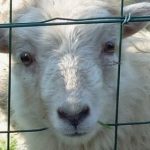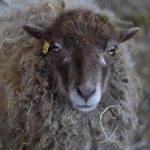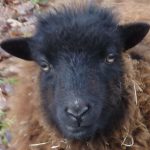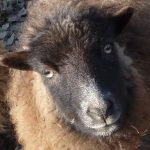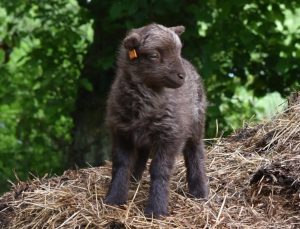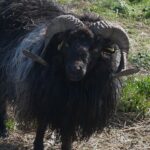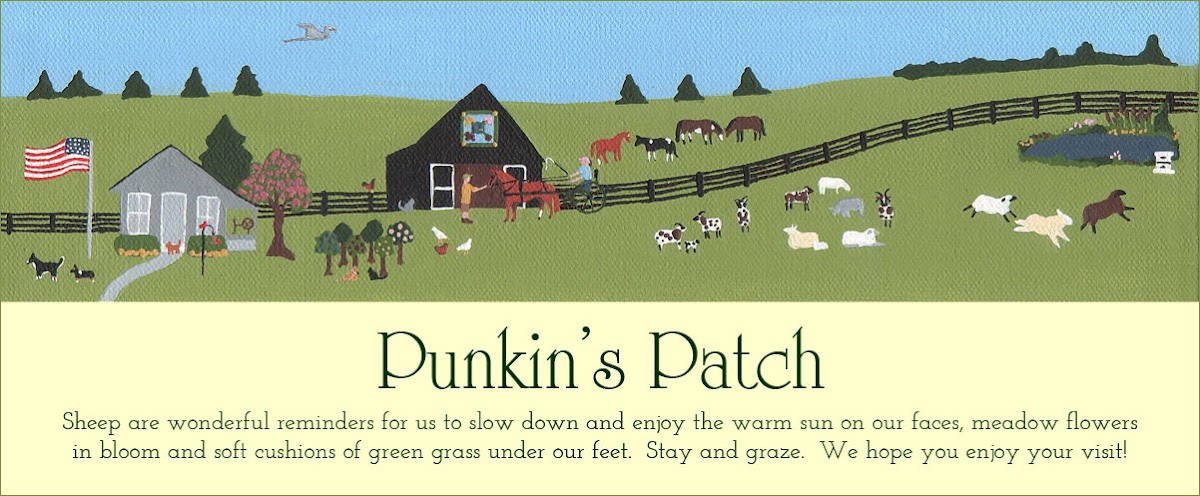De la Toison au Tricot n° 181 : L’ouïe
Sheep have a very well developed sense of hearing. According to researchers, sheep are estimated to have approximately the same auditory sensitivity as humans. The being said, sheep can hear sounds in a slightly higher range of frequency than humans : in fact, their auditory range extends well into the ultrasonic range.
Le mouton est doté d’un sens de l’ouïe très développé. Selon les chercheurs, on estime que l’acuité de l’ouïe chez l’ovin est semblable à celle de l’homme. Pourtant le mouton capte un spectre de fréquences légèrement différent de celui de l’homme : effectivement, les moutons peuvent entendre certaines fréquences ultrasonores.
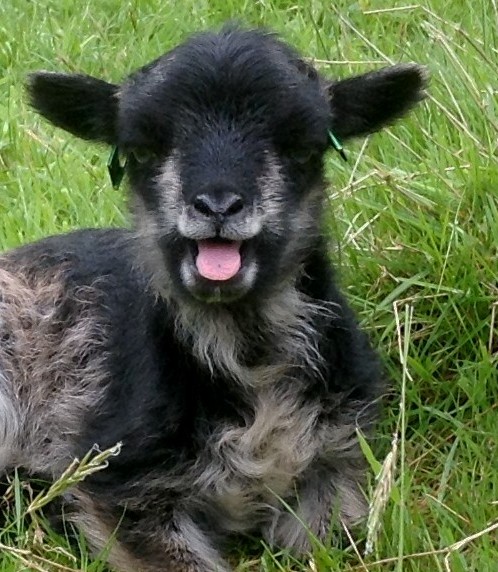
At birth, a very important bond is created between the ewe and her lamb. This bond is based not only on smell, but also on vocal recognition. From birth, the ewe will start to make a very specific low vocalization in order to « speak » with her newborn lamb. In the weeks following birth, the ewe and her lamb are able to identify and find each other through vocal recognition. In other words, sheep can tell each other apart by the sound of their voice.
À la naissance, un lien d’attachement très important s’établit entre la brebis et son agneau. Ce lien est basé non seulement sur l’odorat mais aussi sur l’ouïe. Dès la naissance, la brebis commence à émettre une séquence sonore spécifique d’un ton grave pour « parler » avec son petit. Dans les premières semaines de la vie, l’agneau et sa mère se retrouvent par la voix. C’est à dire, les moutons peuvent se reconnaître les uns les autres par la voix.
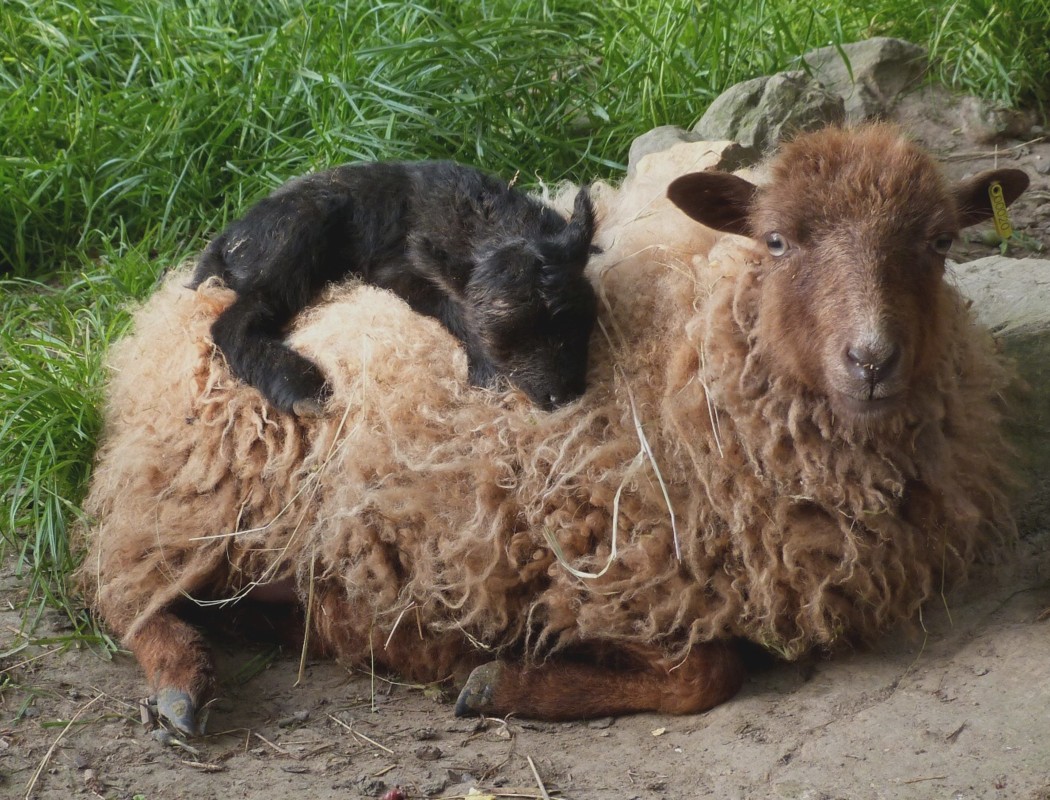
This ability to distinguish between sheep voices actually extends to other soundscapes. For example, my sheep recognize the sound of my car and can distinguish it from that of other cars. When I go to see my sheep, they start to bleat and come to see me, even when they can’t see either me or my car. (For example when they are in the barn.) However, if I take my husband’s car, the sheep don’t even notice my arrival. In fact the neighbors who live near the field have told me that the sheep only react when they hear my car. So essentially, one can only assume that sheep can recognize the difference between the sounds of motor vehicles.
Cette capacité de distinguer entre les voix ovines s’étend bien à d’autres champs sonores. Par exemple, mes moutons reconnaissent le bruit du moteur de ma voiture et peuvent le distinguer de ceux des autres. Quand j’arrive aux champs mes moutons commence à bêler et ils viennent me saluer, sans me voir et avant même de voir ma voiture. Pourtant, si jamais je prend la voiture de mon mari, les moutons n’en tiennent aucun compte. D’après les voisins d’à côté, mes moutons s’agitent seulement quand j’arrive avec ma voiture. Effectivement, on ne peut qu’en déduire que les moutons peuvent différencier le bruit des moteurs de voitures à l’oreille.
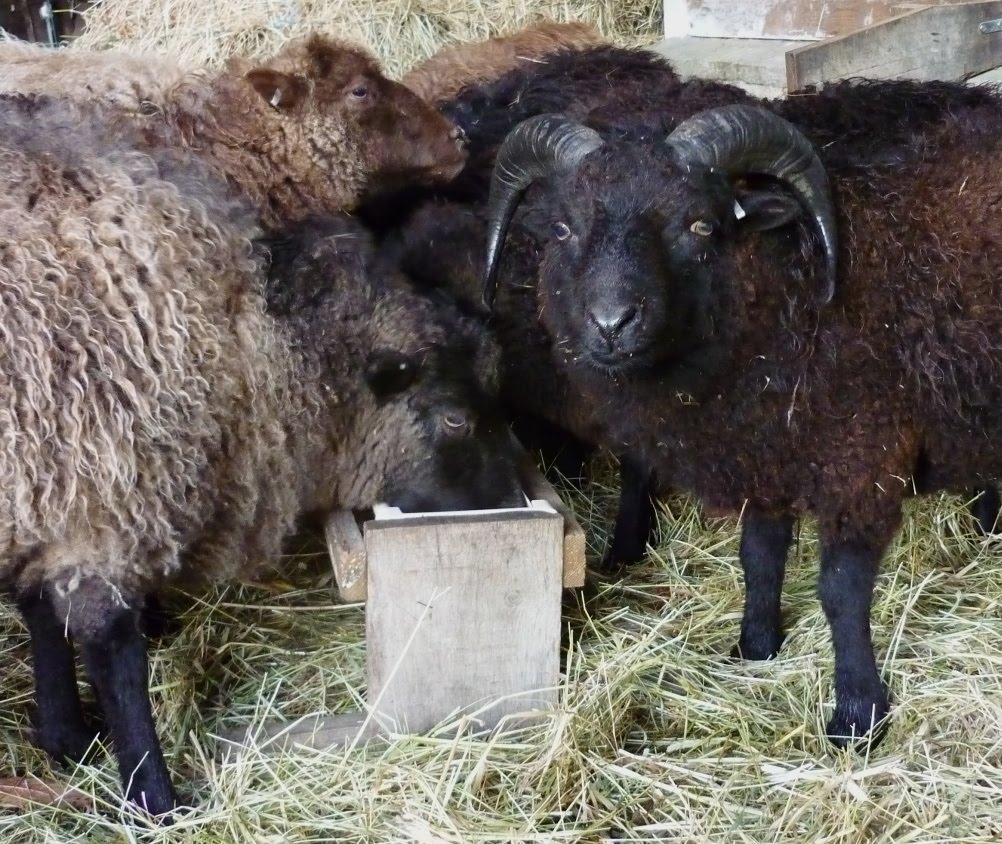
As a prey species, sheep use their keen sense of hearing to help alert them to the danger of potential predators. As such, sheep are very sensitive to unexpected sudden noise. Essentially, when the shepherd is working with her sheep, it’s very important a speak in a quiet low voice in order to reassure and calm the flock.
En tant que proie éventuelle, l’ovin se sert de son acuité auditive pour se mettre en garde contre des prédateurs potentiels. En tant que tel, son acuité auditive rend le mouton sensible aux bruits soudains : effectivement, quand la bergère travaille avec ses moutons, il faut leur parler doucement pour rassurer et calmer le troupeau.


